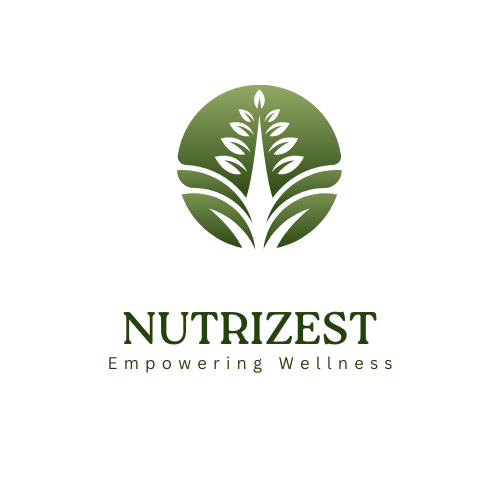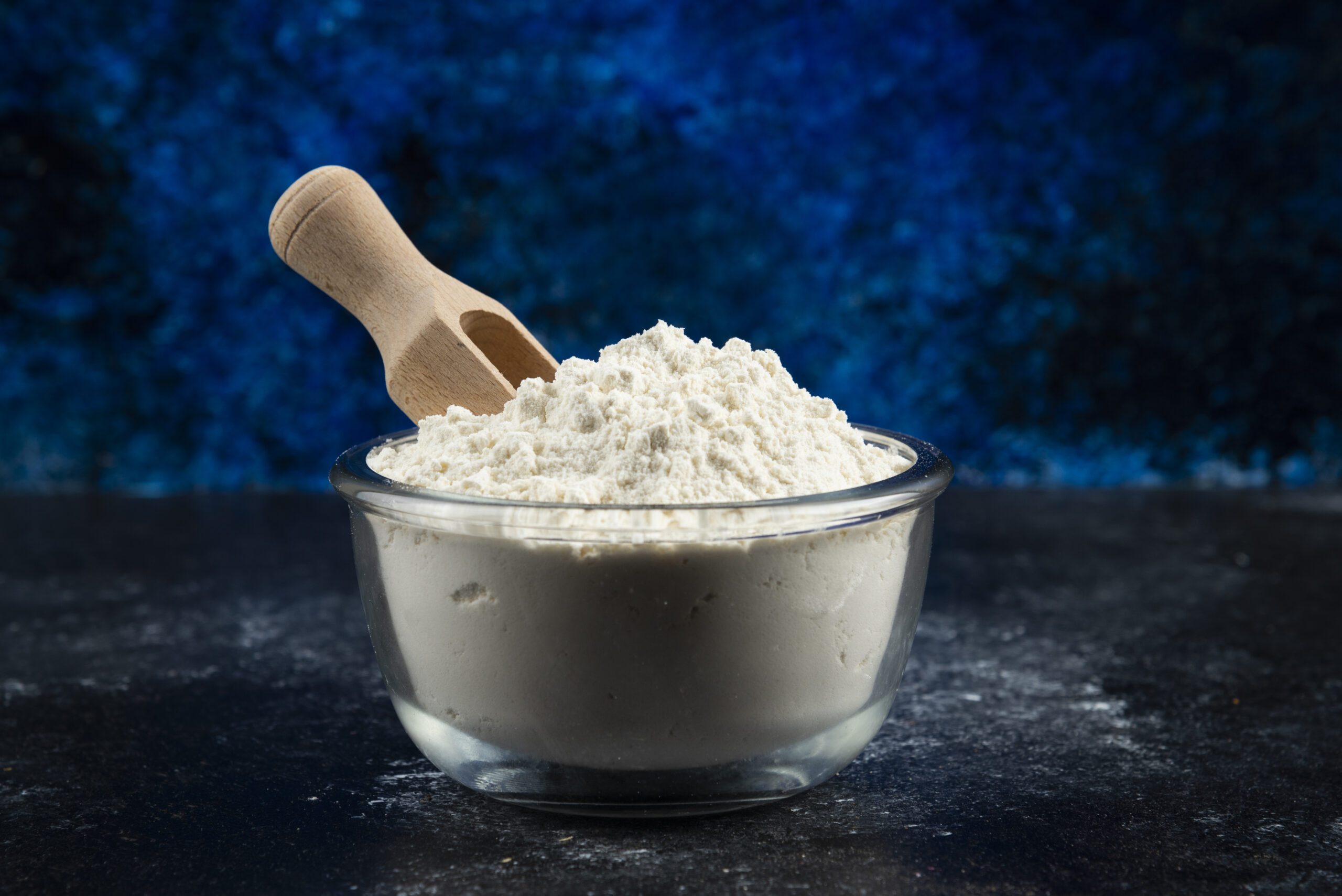Protein powder is a popular dietary supplement used by athletes, fitness enthusiasts, and individuals seeking to increase their protein intake for various health and fitness goals. Here’s an in-depth look at how protein powder is made, along with tips on how to check for fake or low-quality supplements.
Protein Powder Manufacturing Process
1. Protein Source Selection
- Whey Protein: Derived from milk during the cheese-making process, whey protein is a fast-digesting and complete protein source.
- Casein Protein: Also derived from milk, casein is a slow-digesting protein that provides sustained amino acid release.
- Plant-Based Proteins: These include soy, pea, rice, hemp, and other plant sources, suitable for vegetarian and vegan diets.
2. Extraction and Purification
- Whey Protein Isolation: Whey is separated from milk, processed to remove fat and lactose, and then filtered to isolate the protein content.
- Casein Protein Extraction: Casein is separated from milk using acid or enzymes, then dried to create a concentrated powder.
- Plant-Based Protein Extraction: Plant proteins are extracted from their respective sources using methods like mechanical extraction, enzymatic hydrolysis, or solvent extraction.
3. Protein Concentration and Filtration
- The extracted protein undergoes further filtration processes to remove impurities, fats, carbohydrates, and excess water, resulting in a more concentrated protein powder.
- Ultrafiltration, microfiltration, and ion exchange are common methods used to achieve higher protein concentrations and purity levels.
4. Drying and Powder Formation
- The concentrated protein solution is dried using techniques such as spray drying or freeze drying to remove moisture and create a powdered form.
- Additional processing steps may include flavouring, sweetening, and blending with other ingredients like vitamins, minerals, and amino acids to create flavoured protein powders.
5. Quality Control and Testing
- Quality assurance measures, including testing for protein content, purity, microbial contamination, heavy metals, and other impurities, are conducted throughout the manufacturing process.
- Compliance with regulatory standards and certifications, such as Good Manufacturing Practices (GMP) and third-party testing, ensures product safety and efficacy.
How to Check for Fake or Low-Quality Protein Supplements
1. Check the Ingredients Label
- Look for a transparent and detailed ingredients list that clearly specifies the type of protein (whey, casein, plant-based) and any additional ingredients.
- Avoid products with excessive fillers, artificial flavours, sweeteners, colours, or unnecessary additives.
2. Verify Protein Content and Purity
- Check the protein content per serving and compare it with the stated amount on the label. High-quality protein powders typically provide at least 20-25 grams of protein per serving.
- Look for third-party testing certifications, such as NSF International, Informed-Sport, or USP Verified, which ensure product purity and accuracy of label claims.
3. Assess Taste, Texture, and Mixability
- Authentic protein powders usually have a clean, natural taste without overpowering artificial flavors or aftertastes.
- The texture should be smooth and easily mixable with liquids like water, milk, or smoothies, without clumping or grittiness.
4. Check for Batch and Lot Numbers
- Legitimate supplements often have batch and lot numbers printed on the packaging, allowing consumers to trace the product back to its manufacturing date and quality control records.
- Avoid products with missing or illegible batch numbers, as they may lack accountability and quality assurance.
5. Research the Brand and Manufacturer
- Choose reputable brands and manufacturers with a history of producing high-quality supplements and adhering to strict quality control standards.
- Check customer reviews, testimonials, and independent lab testing results to gauge product reputation and effectiveness.
6. Be Cautious of Unrealistic Claims
- Beware of supplements making exaggerated claims about rapid muscle gain, extreme fat loss, or unrealistic health benefits.
- Look for evidence-based claims supported by scientific research and clinical studies, rather than marketing hype.
Additional Tips to Identify Fake or Low-Quality Supplements
7. Examine Packaging and Labelling
- Legitimate protein supplements have professional packaging with clear labelling, including nutritional information, serving size, and expiration date.
- Look for seals of quality, such as cGMP (current Good Manufacturing Practices) certifications, which indicate adherence to strict manufacturing standards.
8. Research Ingredient Sourcing
- Investigate where the ingredients used in the protein powder are sourced from, especially for plant-based proteins.
- Choose products with organic or non-GMO certifications, ensuring ingredients are free from pesticides, herbicides, and genetic modifications.
9. Check for Allergen Information
- Authentic protein powders provide allergen information, including potential allergens such as dairy, soy, gluten, and nuts.
- Ensure the product is free from allergens that you may be sensitive or allergic to, and opt for hypoallergenic options if needed.
10. Analyse Price and Value
- While price can be an indicator of quality, it’s essential to assess the overall value of the protein powder based on ingredients, purity, and effectiveness.
- Be cautious of excessively low-priced supplements, as they may compromise on quality or contain hidden fillers and additives.
11. Consult Reviews and Recommendations
- Read unbiased reviews, testimonials, and feedback from verified customers and fitness professionals.
- Seek recommendations from trusted sources, such as nutritionists, dietitians, and experienced athletes, to find reputable protein powder brands.
12. Report Suspicious Products
- If you suspect a protein powder is fake or of low quality, report it to regulatory authorities or consumer protection agencies.
- Reporting suspicious products helps protect consumers and promotes accountability within the supplement industry.
Conclusion
Protein powder is manufactured through a series of extraction, filtration, drying, and quality control processes to create concentrated protein supplements. When purchasing protein supplements, it’s crucial to check for fake or low-quality products by reviewing the ingredients label, verifying protein content and purity, assessing taste and texture, checking for batch and lot numbers, researching the brand and manufacturer, and being cautious of unrealistic claims. By following these guidelines, consumers can make informed choices and select high-quality protein supplements that align with their health and fitness goals.

